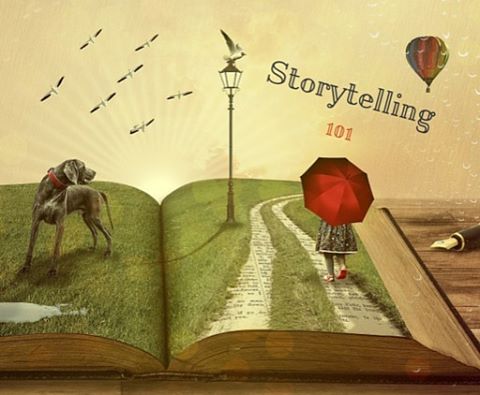 Annually, on the 2nd of April we celebrate International Children’s Book Day. Each year a different National Section of IBBY sponsors the celebration and decides on a theme. IBBY Lithuania are the sponsors this year and their chosen theme is “Books help us slow down”. And what better way to relax than with a good book.
Annually, on the 2nd of April we celebrate International Children’s Book Day. Each year a different National Section of IBBY sponsors the celebration and decides on a theme. IBBY Lithuania are the sponsors this year and their chosen theme is “Books help us slow down”. And what better way to relax than with a good book.
Today is also the birthday of the world-renowned Danish writer Hans Christian Andersen, whose fairy tales have been enjoyed by both adults and children throughout the world for many years. Andersen’s stories are mostly original fairy tales, although some of his earlier works were based on traditional tales. Having come from the lower class, he had experienced the oral tradition of storytelling and his father had also read him stories at night, such as Arabian Nights.
“The Tinder Box”, which was published in a collection of fairy tales in 1835, was one of the first stories that Andersen wrote. This tale was a retelling of a Scandinavian folktale called “Aanden I Lyset” or “The Spirit in the Candle”. It did not begin with the traditional “Once upon a time” but rather “A soldier came marching down the road…”
Andersen’s stories reflected his personal life and his characters were based on real people. “The Little Match Girl” was inspired by the childhood experience of Andersen’s mother, who was sent out into the streets to beg. While “The Ugly Duckling” has often been interpreted as a parable of Andersen’s own success story.
Andersen’s protagonists were often downtrodden, oppressed, young or small, but also clever enough to know how to make the best use of their abilities. The theme of his stories often focused on the hypocrisy and injustice of the aristocracy and he regularly used irony and humour to highlight this.
Andersen wrote more than 150 fairy tales, which were translated and published in Britain in 1846. If you take a look at the Hans Christian Andersen Booklist created by CLPE on their website, I’m sure you will recognise plenty of them.
In 2005, the British Library produced some classroom activities to encourage young people to engage with Andersen’s stories, which are still available on their website. The activities were produced to coincide with an exhibition that was running at that time.
Here, in the Curriculum Centre, we have a great selection of Andersen’s stories and contemporary retellings of his tales in our folklore collection, which we would encourage you to come in and take a look at.
Andersen’s stories continue to influence many creative artists and authors and it is easy to see why the world’s most prestigious prize in children’s literature, the Andersen Medal, is named after him.




